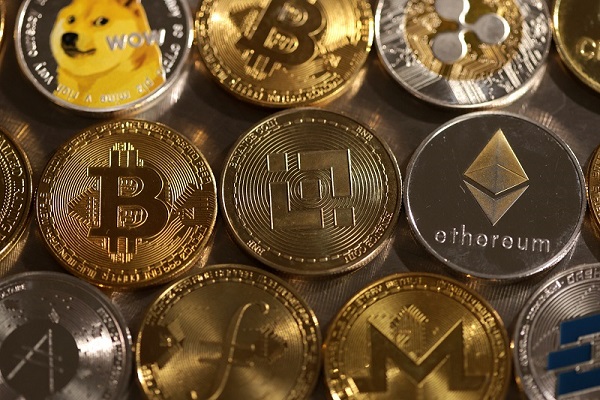The global stablecoin market is regaining steam pretty fast and making quick inroads into the global settlement industry.
A recent report from Bernstein Research shows that stablecoins have hit a global settlement value of over $7 trillion, with total circulation increasing and major payment platforms adopting digital currencies for cross-border transactions. This figure is also huge when compared against the combined $14 trillion settled by giants like Visa (NYSE:) and Mastercard (NYSE:).
Analysts Gautam Chhugani and Mahika Sapra argue that stablecoins, digital coins designed to maintain a stable value relative to traditional currencies, are not only bridging the gap between fiat and crypto but are also increasingly being used in international settlements.
“The total stablecoin supply, which had peaked at $180 billion in 2021 before dipping to $120 billion in 2022, is on an upward trajectory once again, currently standing at $150 billion,” the report stated. Leading the market are USDT () with a 75% market share and (Circle) with 22%.
Despite the so-called “crypto winter,” the value transferred using stablecoins has remained robust. In the first quarter of 2024, the annualized value transferred is expected to match the 2022 high of roughly $7 trillion.
Solana leading the battle
has emerged as a major player in blockchain payments, challenging ‘s dominance by securing a 43% market share in stablecoin transfers. This shift was attributed to Solana’s higher throughput and lower transaction costs, coupled with strong interest from major payment processors like Visa and Shopify (NYSE:).
The report also highlighted innovative use cases outside the cryptocurrency trading sphere. “We are witnessing a shift as stablecoins evolve from purely speculative assets to becoming integral to payment processes,” said Chhugani. Notable developments include PayPal’s (NASDAQ:) launch of PY-USD on Ethereum and Visa’s pilot of USDC on Solana for cross-border settlements.
Despite these advances, the report cautions that scalability remains a challenge for broader consumer payment applications, with current blockchain transaction speeds needing major improvement to match those of traditional payment networks.
Stablecoins try to keep their value steady, but how well they stick to their peg depends on what’s backing them up, or sometimes, what’s not. The report notes that market swings, how much people trust and use them, tech developments, demand and supply, and how easy they are to buy and sell—all these factors play a role.
One big worry with stablecoins is when they slip from their supposed value. Looking at five different stablecoins, it turns out moments when they drop below a buck happen more often and last longer compared to times they bump up above that dollar mark.
Disclaimer: The article is provided for educational purposes only. It does not represent the opinions of NewsBTC on whether to buy, sell or hold any investments and naturally investing carries risks. You are advised to conduct your own research before making any investment decisions. Use information provided on this website entirely at your own risk.
Source link

